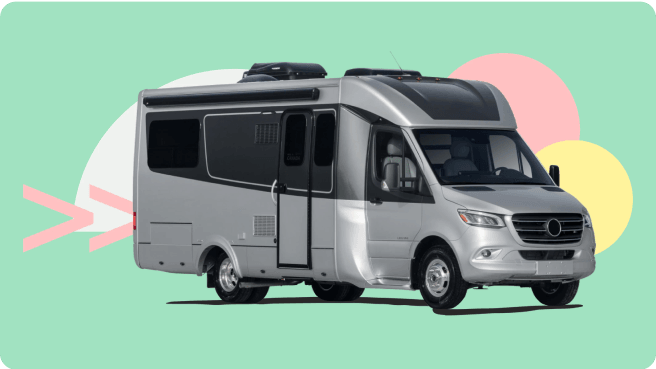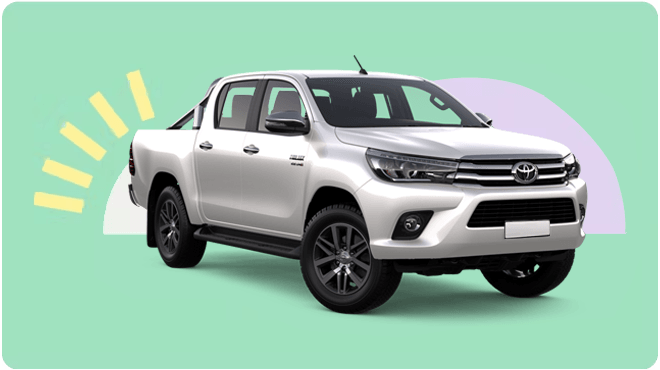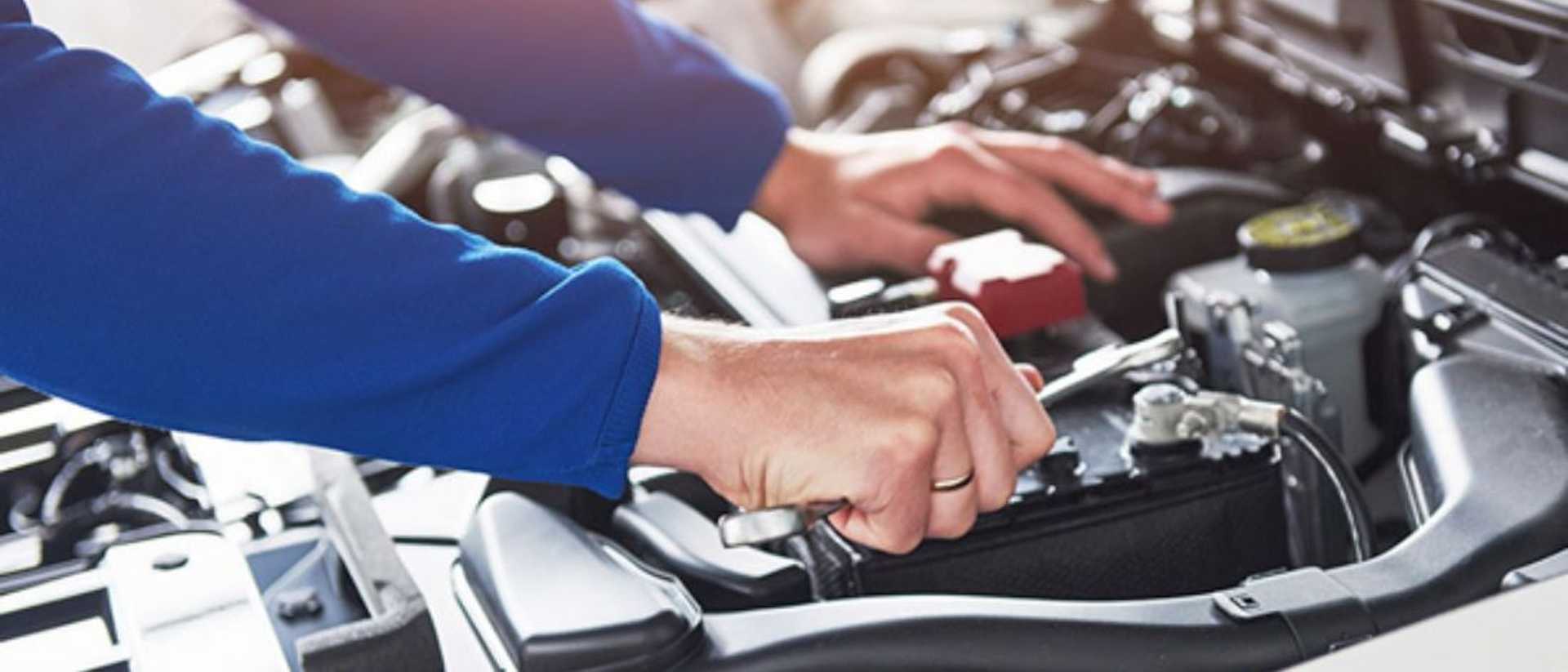Understanding Different Types of Credit - Driva’s Tips
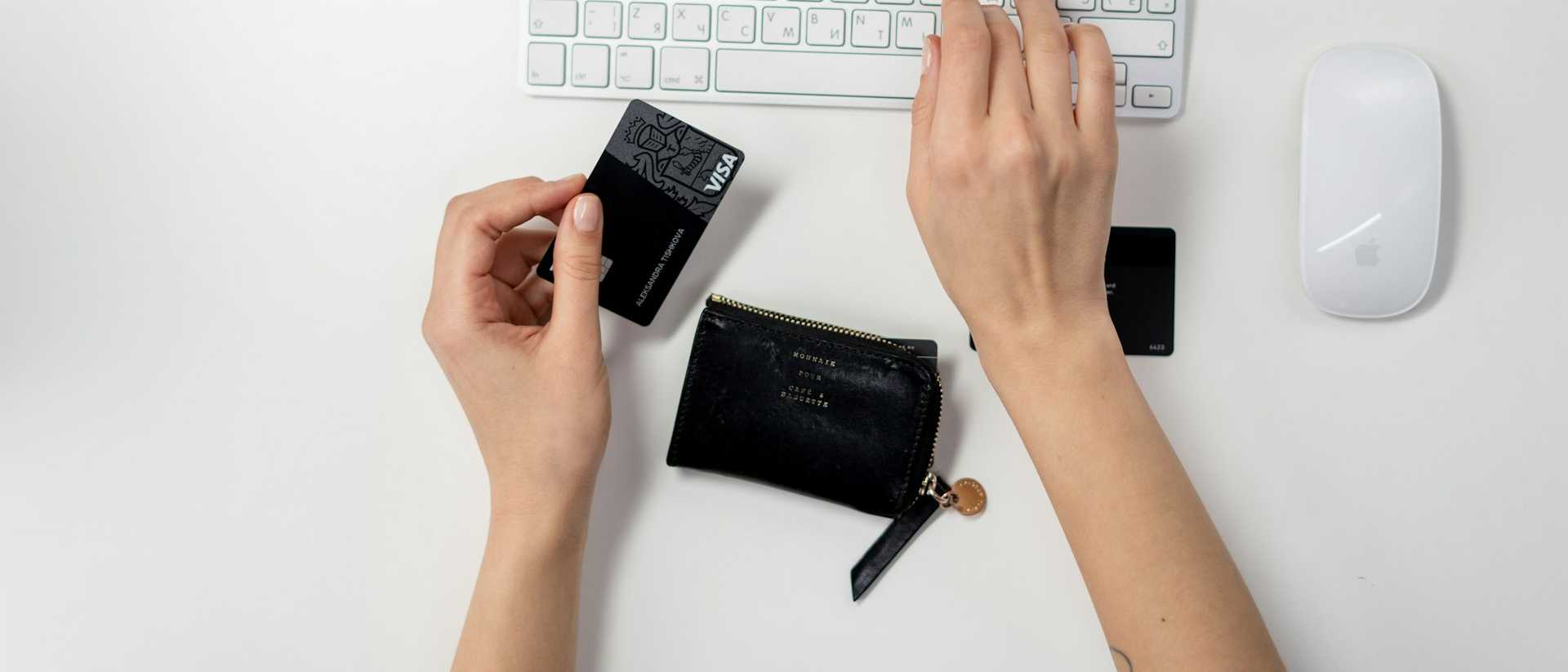
While the idea behind credit might seem cut-and-dry, there’s a lot more to it than meets the eye. In fact, there are several different types of credit, and we’re going to take a look at them all and discuss their differences.
In this article, we hope you’ll find a little more clarity on what it means to take on credit. We’ll look at the ins and outs of credit scores, how to use credit, and how to better position yourself financially to get credit when necessary.
Let’s get into it.
What are the 3 main types of credit?
Installment credit
Installment credit is things like loans with fixed payment schedules. The amount you pay back can either fluctuate or be fixed, but what doesn’t change is that every month you make a minimum payment that will have interest charges. The best examples of this are a car loan (auto loan), a student loan, or a home or personal loan.
Revolving credit
Revolving credit is a line of credit with a capped amount that can be used up until the predetermined threshold. Usually, revolving credit requires regular payments. However, these payments aren’t always on fixed repayment schedules.
The best example of revolving credit is a credit card. Credit cards have specified limits and can be used until exhausted. However, they require minimum payments and you, as the borrower, receive additional fees if you fail to repay your debts on time or for exceeding your credit limit.
Open credit
Open credit is a credit type that requires you to make full payments for each period. So you use a service and get the bill at the end, not knowing exactly how much it will be. It’s similar to a credit card, except you’ve got to pay the money spent in full by month's end.
A great example of this is things like cell phone bills, utility bills, etc., where you pay for what you use at the end of the month. Failure to pay the agreed lump sum within a certain period could result in extra interest, fees or fines at a later date.

How do different types of credit affect your credit score?
There’s power in variety, and having multiple types of credit connected to your name isn’t always a bad thing. In fact, it actually displays to lenders that you are responsible and can maintain several open credit accounts at once while meeting and making payments on time.
Having a credit card requires having a credit payment history, and that’s usually built on open credit. Having installment credit is usually a byproduct of having both open and revolving credit accounts. In a sense, they’re all connected in some capacity.
Ensuring you meet these financial obligations showcases an ability to handle having credit, and it can open a lot of doors for personal loans, auto loans, mortgages, student loans and more.
Here are some examples of different types of credit
Credit cards
The most obvious example and most used types of credit accounts are, of course, credit cards. A credit card provides you access to limited funds - the amount determined by the credit card company - which you can use at any time. You’re required to make payments to that card, but they’re not fixed amounts.
They are sometimes taken directly from the card, meaning inconsistent payments. An important factor to remember with these credit accounts is that if you fail to repay your obligated full payment on time, you will be paying interest and all late payments will affect future credit scores. Credit card debt is not something to take on lightly!
Buy now, pay later
This type of credit is considered short-term financing, and it gives consumers an opportunity to purchase goods and pay for them over the course of a few weeks or months. Some buy now, pay later options don’t charge interest and instead charge high fees to your account if you miss payments.
Personal loans
A personal loan is usually larger amounts that are paid over longer periods - they are a form of installment credit and are sometimes referred to as an installment loan. They can be for just about any big purchase like cars, homes, education, and more.
These loans can either be fixed loans, meaning they have fixed monthly payments or variable loans. These loans can also be secured or unsecured. When a loan is secured, it’s tied to an asset that can be seized if payments to the loan aren’t made. Unsecured loans essentially mean you’re bound by an agreement to pay the loan back. This results in them being higher risk to the bank or lender and will usually result in you having to pay higher interest rates on the credit.
Payday loans
When it comes to payday loans, they can either be extremely short-term (16 days) or slightly longer-term (a year). These types of installment loans only go up to $2000, and attached to them are countless fees charged to your account and high interest. If you take out this credit over a year, you might be looking at a repayment of $3,360, according to Moneysmart.gov.au.
Rental to purchase
This is a pretty straightforward credit option for potential homeowners. The rental-to-purchase credit allows people the chance to rent a home which they then have the opportunity of buying. A portion of your rent goes towards owning the home outright, with the rest being paid at the end of the agreed-upon rental agreement.
This loan is usually between the property owner and the renter and not a financial institution like a bank.
Interest-free deals
Certain credit options offer grace periods where you don’t pay interest and instead pay the debt itself. You’re able to pay off the entirety of the amount in this grace period. This can be in the form of store cards, credit cards, products, holidays, etc. This isn’t the same as buy now, pay later.
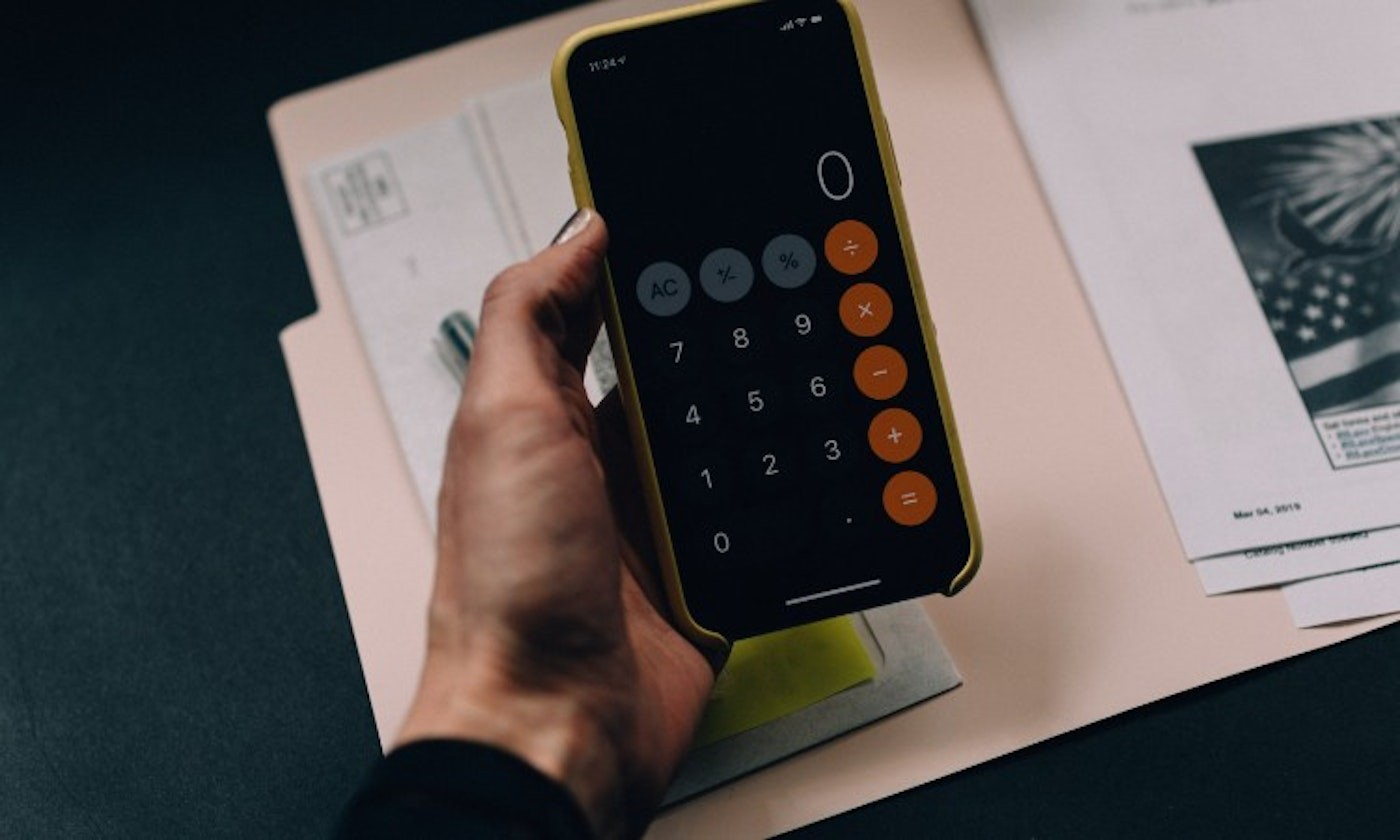
Make sure to do these 5 things before you borrow money on credit
Budget, budget, budget!
Opening credit accounts aren’t something you should ever blindly wander into. Instead, it requires a focus on budgeting. You need to determine the maximum amount you can afford to borrow, spend, and pay the bank back. It’s an intricate process of truly getting intimate with the money you make, what you need, how you’re going to get it, who to get it with to get the best deal, and how much you can afford to pay each month on repayments.
If you are a freelance writer, for example, one factor you might look into when you're doing your budget is the fact that your work may be more sporadic, and cash flow might be something you consider when you borrow from a lender.
Take your time to find the best deal
This should be a given, but never take the first loan you’re offered. There are a lot of lenders available, all vying for your to open credit with them. Make sure to look at all the options available and consider which one is going to best suit your needs and personal finance situation.
Also, look for who offers the lowest interest rates and fees. And lastly, be sure to check the fine print for all potential fees that a lender might be charging, so you’re not caught off guard.
Know exactly what your responsibilities are
This is intertwined with budgeting, but you need to understand what your current financial responsibilities are and what those responsibilities look like with an additional expense. Don’t take loans and open a credit account you can’t afford to pay off.
What you need to do is scrutinise everything to ensure you’re not going to fall victim to running behind on payments and ending up in arrears on your credit account - lenders don’t like to see this and it will affect your credit score.
Focus on improving your credit history and paying off debt
Before taking out a loan, maybe take a step back and repair your current debt situation. Try clearing all or most of the debt you currently possess. This not only puts you in a better position going forward, but it means you’re improving your credit history and are a more attractive customer to the bank.
As a result, it potentially means that you might be able to get better loan offers with a higher credit limit.

Ask an expert!
It’s important to understand that no one knows everything, and credit is complicated. With things like revolving accounts, dozens of credit types, trade credit, credit mix and credit reports flying around everywhere, it’s easy to get lost. Hell - there’s even a credit bureau! Money can be complicated in general - So, don’t go at this alone!
Driva is here to help bridge the gap between what you already know, and the expertise we’ve acquired in our many years of service. We know the Australian financial system inside and out. So, let us help you suit up your debt consolidation loans, personal loans, or any other credit types with the best Aussie lenders on the market and let’s make your credit work for you.
FAQs
What is the best type of credit?
This is very dependent on the situation. If you just need money on-hand for general use, then you’re looking at revolving credit. However, if you’re in the market for a car, house, or education for example, then you’re looking at an installment credit option. The best loan is subjective and requires an assessment of your financial needs - you may in fact need a credit mix!
The best kind of credit is one with low-interest rates and minimal monthly payments. That’s a general benchmark to consider when looking to take on credit.
What types of credit are there?
As previously mentioned, we’re looking at three different types of credit: installment, revolving, and open. Each offers a variation of how payments and interest works. Revolving credit is mainly for credit cards. Installment credit is for cars, student loans, mortgages, and more. Open credit (sometimes called service credit), is often used to pay utility bills, charge cards, and phone plans.
What are the different types of credit cards?
When it comes to credit cards, there isn’t just one kind. You’re looking at about four options:
- No interest credit cards = you pay the bank to use the card, but no interest on purchases.
- Low-interest credit cards = straightforward, low-interest rates on purchases meaning the payments are easier.
- Low annual fee credit cards = these cards charge lower fees but higher interest rates. It’s not extremely beneficial long-term.
- Reward credit cards = these types of cards mean you earn points and rewards for using the card and paying back the interest and initial amount to the bank.
What types of credit scores are there?
There are five levels to credit scores:
- Excellent
- Very Good
- Average
- Fair
- Low
Now, the issue is that different institutions may judge this differently. Some consider it low to be 0 - 299, while other institutions may consider it low to be all the way up to 549. Try and understand the various banks/institutions you’re looking to borrow money from, understand their categorisation, and check your credit score against their characteristics. The general consensus is that anything above 625 is good.
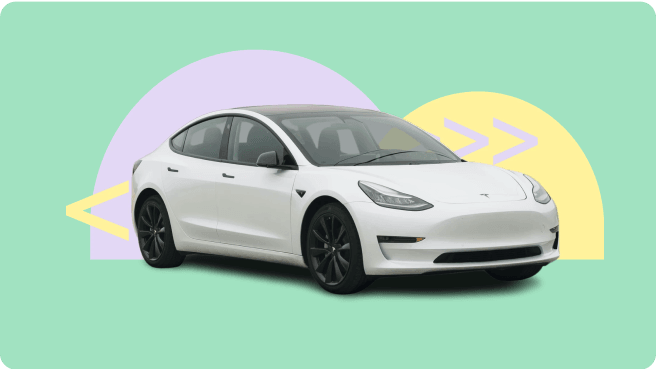

.png)
